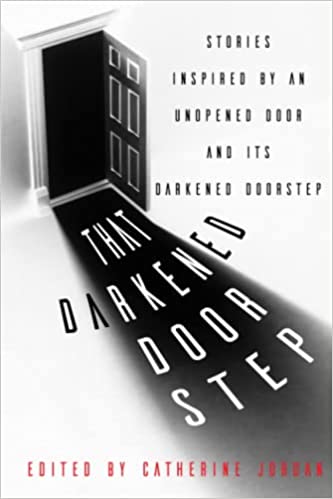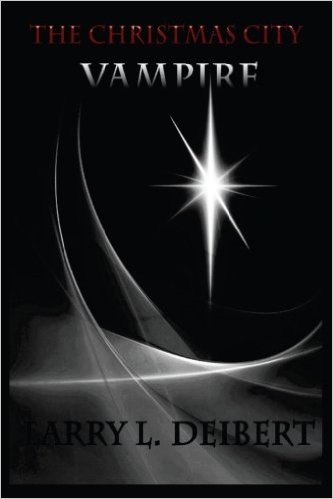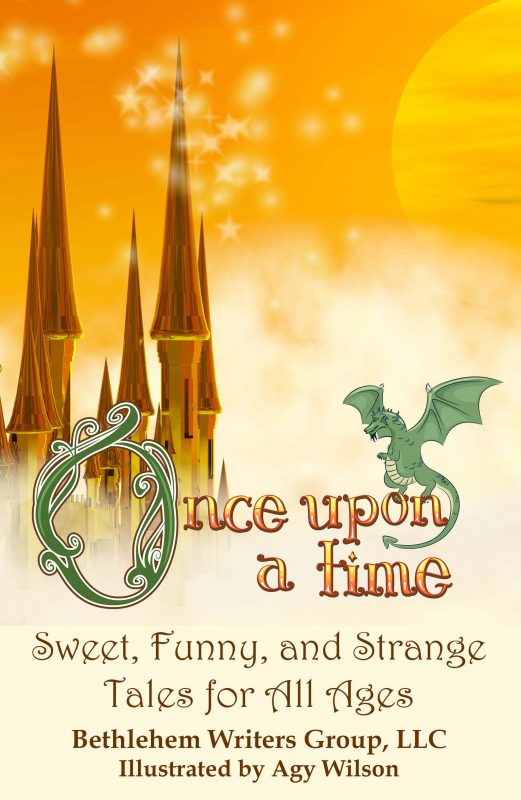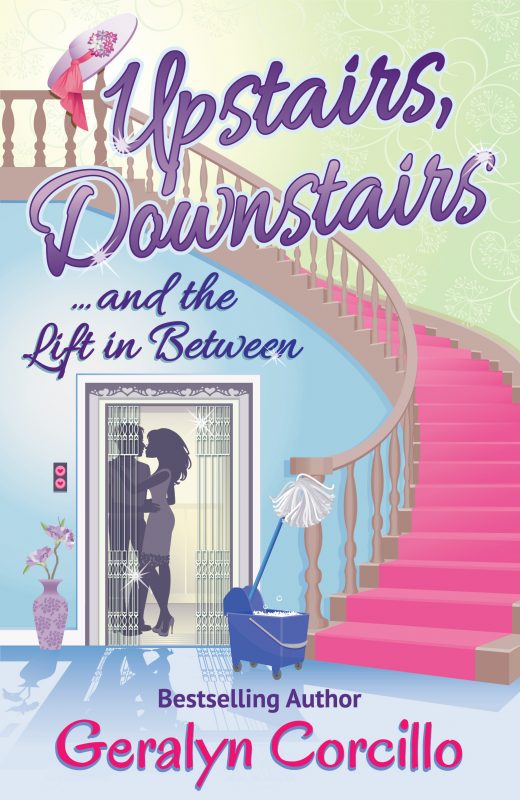Top Ten Popular Holiday Toys from the 1960s
December 3, 2023 by Janet Elizabeth Lynn and Will Zeilinger in category Partners in Crime by Janet Elizabeth Lynn & Will Zeilinger tagged as 1960s Research, 1960s Toys, Christmas, working writers
I thought it would be fun to look back at the popular toys given for the holidays during the 1960s. This research brought back a flood of memories as both receiving them for gifts and buying them for the younger ones in my family. Hope you enjoy this walk down memory lane, also.

1. Army Men, or plastic soldiers of unbreakable plastic commonly molded in olive green. In the early 1950s Louis Marx and Company sold bagged or boxed sets of plastic military figures and accessories called play sets. Dressed in modern military uniforms and armed with WWII weapons, these army men were sold at low prices in discount stores and supermarkets.
Note: The makers of the green army men announced that army women would be sold in 2020. Gummy army men candy is now also available.


2. Die-cast metal toys High quality collectible, metal toys were produced using the die casting method, i.e. putting molten lead or zinc alloy in a mold to make a particular shape. Such toys are made of metal, with some parts made of plastic, rubber, or glass.
Dinky Toys was the brand name for a range of diecast, zinc alloy miniature vehicles produced by Meccano Ltd. They were made in England from 1934 to 1979, at a factory in Binns Road in Liverpool.
3. Barbie Doll spin-offs Mattel introduced Skipper Roberts in 1964 as Barbie’s younger sister. It made quite a splash in the Barbie doll world. More “friends” were introduced as the years went on.


4. Hamilton’s Invaders by Remco was a 1964 series of plastic toys modeled after giant insect type monsters, toy soldiers and vehicles. The line was marketed on television during the early 1960s.
4. Hamilton’s Invaders by Remco was a 1964 series of plastic toys modeled after giant insect type monsters, toy soldiers and vehicles. The line was marketed on television during the early 1960s.


6. The Easy-Bake Oven is a working toy oven introduced by Kenner Products in 1963, and later marketed by Hasbro. The original toy used a pair of ordinary incandescent light bulbs as a heat source. Kenner sold 500,000 Easy-Bake Ovens in the first year of production.
7. G.I. Joe is produced by Hasbro in 1963. Initially the figurines represented the four branches of the U.S. armed forces and later on, the Action Nurse. Their marketing focused on the term “action figures” vs “doll” because boys did not play with dolls. Thus, the word “doll” was never used by Hasbro or anyone involved in the development or marketing of G.I. Joe “Action Figures.”


8. By 1964, sales of Batman Merchandise had fallen drastically. Editor Julius Schwartz was assigned to the Batman titles. He presided over drastic changes, which was a “New Look”. Schwartz introduced changes designed to make Batman more contemporary. The Batmobile was redesigned, and Batman’s costume was modified to incorporate a yellow ellipse behind the bat-insignia. More slight modifications followed when the Batman television show debuted in 1966.
9. Kiddles were small dolls originally produced by Mattel. They were introduced at the1966 New York Toy Fair and put on the market soon after. At only three inches tall, they were tiny by conventional doll standards. The sensation they created in the toy world caused other toy companies to produce their own tiny dolls.


10.Disneyland Plastic figurines of Mickey Mouse, and Donald Duck were only available at Disneyland theme park until the advent of Disney World and the Disney mall stores in 1987.
What toys do you remember from the 1960s?
Books by Janet and Will
0 0 Read more
1960s Music: Johnny Angel
June 3, 2022 by Janet Elizabeth Lynn and Will Zeilinger in category 1960s Music, Partners in Crime by Janet Elizabeth Lynn & Will Zeilinger tagged as 1960s Music, 1960s Research, E.J. Williams, Janet Elizabeth Lynn, Will Zeilinger

Johnny Angel was a song written and composed by Lyn Duddy Pockriss. The song was originally recorded by both Laurie Loman and Georgia Lee. It became a popular hit single when it was recorded by Shelley Fabares in the fall of 1961.
It made No. 1 on the Billboard Hot 100 Chart when the song was released in 1962. The American pop music duo The Carpenters recorded “Johnny Angel” in 1973 as part of a medley of oldies on side two of their album Now & Then.
The song premiered on an episode of the, The Donna Reed Show. It also has a sequel song entitled Johnny Loves Me.
Johnny Angel hit number one on the Billboard Hot 100 on April 7, 1962, during a 15-week run on the chart. It charted at number one in both Canada and in New Zealand. It sold over one-million copies and was awarded a Gold Disc.
Here is a waltz down memory lane. Enjoy!
Books by Janet Elizabeth Lynn and Will Zeilinger
Vintage 1960 TV Theme Music
September 3, 2021 by Janet Elizabeth Lynn and Will Zeilinger in category Partners in Crime by Janet Elizabeth Lynn & Will Zeilinger, Starting a Novel Series with a Partner by E. J. Williams tagged as 1960s Research, E.J. Williams, Janet Elizabeth Lynn, Research for Writers, Will Zeilinger, writing partners
The 1960s began a new era of television programs. Broadcasting transitioned from black/white to color. Lighthearted sitcoms/comedies were the most-watched shows. But as the decade progressed people became socially conscious. Memorable theme songs/ lyrics defined the shows.
Here are just a few of those memorable theme songs in alphabetical order:

Hogan’s Hero’s
1965 to 1971
CBS
by Jerry Fielding

I Dream of Jeanie
1965-1970
CBS
by Hugo Montenegro

Mission Impossible
1966-1971
CBS
by Lalo Schifrin

My Three Sons
1960 to 1970
ABC
by Frank De Vo

The Addams Family
1964 to 1966
ABC
by Vic Mizzy

The Andy Griffith Show
1960 to 1968
CBS
by Earle Hagen

The Avengers
1966 to 1969
CBS
by Laurie Johnson

The Beverly Hillbillies
1962-1971
CBS
by Paul Henning

The Courtship of Eddies Father
1969 to 1972
ABC
by Harry Nilsson

The Twilight Zone
1959 to1964
CBS
by Bernard Herrmann
Some of Janet and Will’s Books
0 0 Read more
Top Ten Popular Holiday Toys from the 1960s
December 3, 2020 by Janet Elizabeth Lynn and Will Zeilinger in category Partners in Crime by Janet Elizabeth Lynn & Will Zeilinger tagged as 1960s Research, 1960s Toys, Christmas, working writers
I thought it would be fun to look back at the popular toys given for the holidays during the 1960s. This research brought back a flood of memories as both receiving them for gifts and buying them for the younger ones in my family. Hope you enjoy this walk down memory lane, also.

1. Army Men, or plastic soldiers of unbreakable plastic commonly molded in olive green. In the early 1950s Louis Marx and Company sold bagged or boxed sets of plastic military figures and accessories called play sets. Dressed in modern military uniforms and armed with WWII weapons, these army men were sold at low prices in discount stores and supermarkets.

Note: The makers of the green army men announced that army women would be sold in 2020. Gummy army men candy is now also available.

2. Die-cast metal toys High quality collectible, metal toys were produced using the die casting method, i.e. putting molten lead or zinc alloy in a mold to make a particular shape. Such toys are made of metal, with some parts made of plastic, rubber, or glass.
Dinky Toys was the brand name for a range of diecast, zinc alloy miniature vehicles produced by Meccano Ltd. They were made in England from 1934 to 1979, at a factory in Binns Road in Liverpool.

3. Barbie Doll spin-offs Mattel introduced Skipper Roberts in 1964 as Barbie’s younger sister. It made quite a splash in the Barbie doll world. More “friends” were introduced as the years went on.

4. Hamilton’s Invaders by Remco was a 1964 series of plastic toys modeled after giant insect type monsters, toy soldiers and vehicles. The line was marketed on television during the early 1960s.

4. Hamilton’s Invaders by Remco was a 1964 series of plastic toys modeled after giant insect type monsters, toy soldiers and vehicles. The line was marketed on television during the early 1960s.

6. The Easy-Bake Oven is a working toy oven introduced by Kenner Products in 1963, and later marketed by Hasbro. The original toy used a pair of ordinary incandescent light bulbs as a heat source. Kenner sold 500,000 Easy-Bake Ovens in the first year of production.

7. G.I. Joe is produced by Hasbro in 1963. Initially the figurines represented the four branches of the U.S. armed forces and later on, the Action Nurse. Their marketing focused on the term “action figures” vs “doll” because boys did not play with dolls. Thus, the word “doll” was never used by Hasbro or anyone involved in the development or marketing of G.I. Joe “Action Figures.”

8. By 1964, sales of Batman Merchandise had fallen drastically. Editor Julius Schwartz was assigned to the Batman titles. He presided over drastic changes, which was a “New Look”. Schwartz introduced changes designed to make Batman more contemporary. The Batmobile was redesigned, and Batman’s costume was modified to incorporate a yellow ellipse behind the bat-insignia. More slight modifications followed when the Batman television show debuted in 1966.

9. Kiddles were small dolls originally produced by Mattel. They were introduced at the1966 New York Toy Fair and put on the market soon after. At only three inches tall, they were tiny by conventional doll standards. The sensation they created in the toy world caused other toy companies to produce their own tiny dolls.

10.Disneyland Plastic figurines of Mickey Mouse, and Donald Duck were only available at Disneyland theme park until the advent of Disney World and the Disney mall stores in 1987.
What toys do you remember from the 1960s?
Janet and Will’s Skylar Drake Series
1 0 Read more
Affiliate Links
A Slice of Orange is an affiliate with some of the booksellers listed on this website, including Barnes & Nobel, Books A Million, iBooks, Kobo, and Smashwords. This means A Slice of Orange may earn a small advertising fee from sales made through the links used on this website. There are reminders of these affiliate links on the pages for individual books.
Search A Slice of Orange
Find a Column
Archives
Featured Books
THE DARKEN DOORSTEP
When faced with a darkened doorstep, think before you walk through.
More info →THE GOOD GIRL PART DEUX
Can you really have the fairy tale and the dream job?
More info →ONCE UPON A TIME: Sweet, Funny, and Strange Tales for All Ages
Step through our castle doors into a world of imagination!
More info →UPSTAIRS, DOWNSTAIRS … AND THE LIFT IN BETWEEN
She crosses and ocean to take the holiday of her dreams at an English country estate ... where he works below stairs.
More info →Newsletter
Contributing Authors
Search A Slice of Orange
Find a Column
Archives
Authors in the Bookstore
- A. E. Decker
- A. J. Scudiere
- A.J. Sidransky
- Abby Collette
- Alanna Lucus
- Albert Marrin
- Alice Duncan
- Alina K. Field
- Alison Green Myers
- Andi Lawrencovna
- Andrew C Raiford
- Angela Pryce
- Aviva Vaughn
- Barbara Ankrum
- Bethlehem Writers Group, LLC
- Carol L. Wright
- Celeste Barclay
- Christina Alexandra
- Christopher D. Ochs
- Claire Davon
- Claire Naden
- Courtnee Turner Hoyle
- Courtney Annicchiarico
- D. Lieber
- Daniel V. Meier Jr.
- Debra Dixon
- Debra H. Goldstein
- Debra Holland
- Dee Ann Palmer
- Denise M. Colby
- Diane Benefiel
- Diane Sismour
- Dianna Sinovic
- DT Krippene
- E.B. Dawson
- Emilie Dallaire
- Emily Brightwell
- Emily PW Murphy
- Fae Rowen
- Faith L. Justice
- Frances Amati
- Geralyn Corcillo
- Glynnis Campbell
- Greg Jolley
- H. O. Charles
- Jaclyn Roché
- Jacqueline Diamond
- Janet Lynn and Will Zeilinger
- Jaya Mehta
- Jeff Baird
- Jenna Barwin
- Jenne Kern
- Jennifer D. Bokal
- Jennifer Lyon
- Jerome W. McFadden
- Jill Piscitello
- Jina Bacarr
- Jo A. Hiestand
- Jodi Bogert
- Jolina Petersheim
- Jonathan Maberry
- Joy Allyson
- Judy Duarte
- Justin Murphy
- Justine Davis
- Kat Martin
- Kidd Wadsworth
- Kitty Bucholtz
- Kristy Tate
- Larry Deibert
- Larry Hamilton
- Laura Drake
- Laurie Stevens
- Leslie Knowles
- Li-Ying Lundquist
- Linda Carroll-Bradd
- Linda Lappin
- Linda McLaughlin
- Linda O. Johnston
- Lisa Preston
- Lolo Paige
- Loran Holt
- Lynette M. Burrows
- Lyssa Kay Adams
- Madeline Ash
- Margarita Engle
- Marguerite Quantaine
- Marianne H. Donley
- Mary Castillo
- Maureen Klovers
- Megan Haskell
- Melanie Waterbury
- Melisa Rivero
- Melissa Chambers
- Melodie Winawer
- Meriam Wilhelm
- Mikel J. Wilson
- Mindy Neff
- Monica McCabe
- Nancy Brashear
- Neetu Malik
- Nikki Prince
- Once Upon Anthologies
- Paula Gail Benson
- Penny Reid
- Peter Barbour
- Priscilla Oliveras
- R. H. Kohno
- Rachel Hailey
- Ralph Hieb
- Ramcy Diek
- Ransom Stephens
- Rebecca Forster
- Renae Wrich
- Roxy Matthews
- Ryder Hunte Clancy
- Sally Paradysz
- Sheila Colón-Bagley
- Simone de Muñoz
- Sophie Barnes
- Susan Kaye Quinn
- Susan Lynn Meyer
- Susan Squires
- T. D. Fox
- Tara C. Allred
- Tara Lain
- Tari Lynn Jewett
- Terri Osburn
- Tracy Reed
- Vera Jane Cook
- Vicki Crum
- Writing Something Romantic
Affiliate Links
A Slice of Orange is an affiliate with some of the booksellers listed on this website, including Barnes & Nobel, Books A Million, iBooks, Kobo, and Smashwords. This means A Slice of Orange may earn a small advertising fee from sales made through the links used on this website. There are reminders of these affiliate links on the pages for individual books.






















































